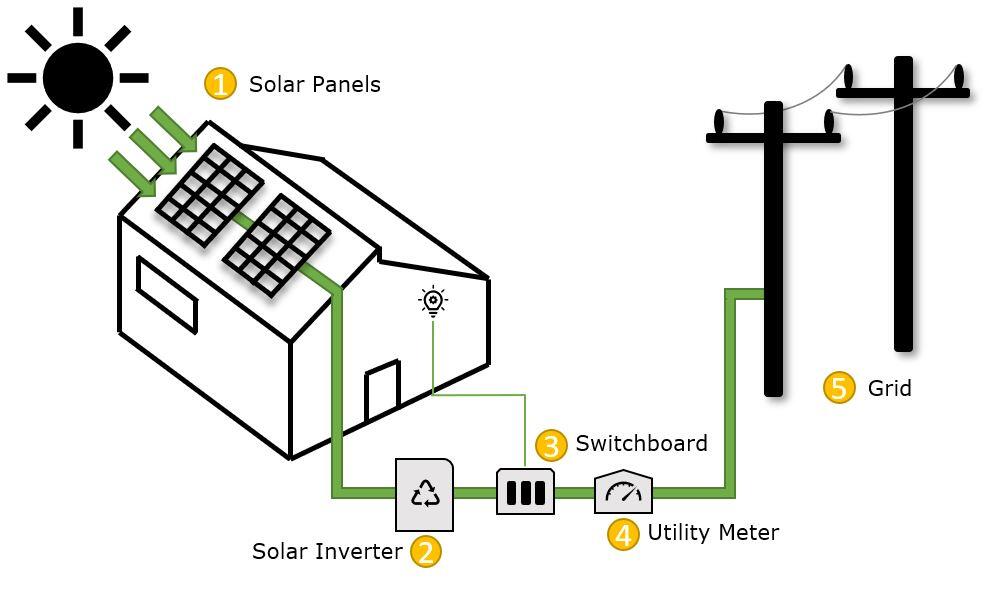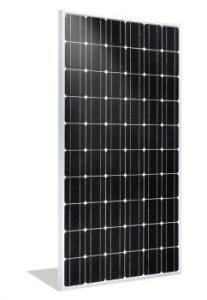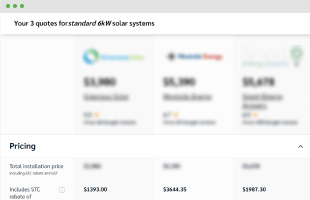Understanding How Solar Panels Work Solar panels harness sunlight to produce energy, a process central to understanding how solar panels work. These panels are designed to capture sunlight during the [...] Read more The post How Do Solar Panels...
Understanding How Solar Panels Work
Solar panels harness sunlight to produce energy, a process central to understanding how solar panels work. These panels are designed to capture sunlight during the day, utilizing the photovoltaic effect to convert this natural resource into usable energy.
At their core, solar panels consist of silicon cells, the key components that become active when exposed to sunlight. The interaction of sunlight with these cells generates free electrons, initiating a flow of electric current through a circuit. This is the fundamental principle of how solar panels work.
For a more in-depth exploration of the manufacturing process of solar panels and their functionality, consider reading our comprehensive guide on how solar panels are made.
Several factors influence the number of solar panels required for your installation, which is crucial to optimize how solar panels work for your specific needs. These include:
The intensity of sunlight your location receives. The angle and orientation of your roof, affecting solar exposure. Your household’s energy consumption patterns during different seasons, particularly in winter and summer.Understanding these aspects helps in tailoring a solar panel system that aligns with your energy needs, ensuring you make the most of how solar panels work.
Compare quotes from up to 7 installers in your area now.
Solar Inverter Transforms DC into AC Electricity
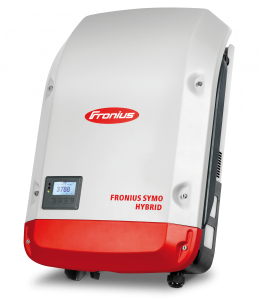
Solar panels generate direct current (DC) electricity, which then travels through an electrical cable to a Solar Inverter. Typically, this inverter is installed close to the switchboard. The primary role of the solar inverter is to transform the DC electricity from the panels into alternating current (AC) electricity, which is the type used by most home and business appliances.
When selecting an inverter, it’s crucial to choose one that matches the size of your solar panel array. The market offers a diverse range of inverter types and brands, each designed to meet specific solar array dimensions.
Once converted to AC electricity, it links to the switchboard, thereby becoming a usable power source for the home. In homes also connected to the electrical grid, the system prioritizes the use of cost-effective solar energy. Any additional power needs seamlessly draw from the grid connection.
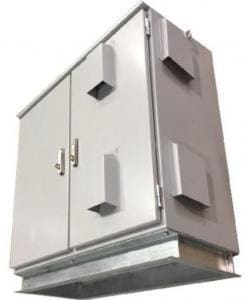
Moreover, when the solar system produces excess energy beyond the home’s needs, this surplus energy is ‘exported’ back to the grid, contributing to the wider network.
For homes equipped with solar batteries, these can connect either through the switchboard or via a ‘battery-compatible’ hybrid inverter. Further details on solar batteries and their integration are available in the subsequent section on batteries.
Utility meter records
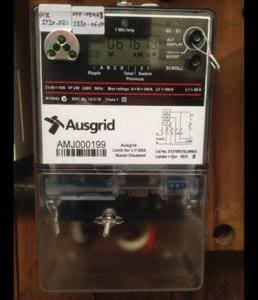
Once solar is installed the responsible retailer is required to replace the current meter with a bi-direction meter.
The meter can then record all the power that is drawn to the house, but also record the amount of solar energy that is exported back to the grid.
Often there is a small cost for the household to pay to change over this meter. The recorded electricity that is exported back to the grid can earn a “feed-in tariff”
See our article breaking down what feed-in-tariff each electricity retailer offers
Grid rules define system permissions
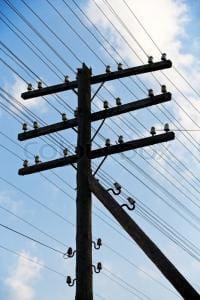
The Distributed Network Service Provider (DNSP) is the company that owns and operates the grid (poles and wires) in your local area.
A portion of your energy costs are paid to the DNSP as a contribution to the maintenance and operational costs of the network – though for residential customers this is not visible and is bundled into your electricity retailer bills.
Each DNSP has slightly different rules on how much solar can be installed and whether you are permitted to export energy back to the grid or not.
For a breakdown of the rules in each state – read our guide here.
As a general guide:
Most DNSPs permit solar up to 5kW (inverter-size) with permission to export via a relatively automated approval process For commercial projects over 30kW, a network protection device is required For commercial projects over 100kW, a more detailed approval process usually is required meaning an engineering study will need to be completed to approve the system – and there might be some design alterations required for the installation to be approvedSolar Batteries (optional)
A solar battery in its simplest form is designed to store solar energy when there is a surplus being created and to use (discharge) energy in the evening or at night when the solar panels are not generating power.
To take into consideration if battery storage is worth it, you need to consider the lost feed-in tariff, the lifetime of the battery and the total cost to install a battery.
Solar batteries can also generate income if you are able to participate in a Virtual Power Plant (VPP) scheme which enables a fleet of batteries to help stabilise the grid and capitalise on price spikes on the wholesale market.
A solar battery can be either connected to the solar inverter (DC) or to the switchboard (AC).
Batteries store energy in DC so, when a battery is connected to a hybrid solar inverter, DC electricity from the solar panels is able to charge the batteries directly.
The hybrid solar inverter then converts the energy to AC later when the battery discharges. For a battery that is connected to the switchboard, it is “AC Coupled” meaning it receives AC power.
These batteries (like the Tesla Powerwall 2) have an internal inverter that converts the AC power back to DC to store it.
Companies have chosen this design despite the inefficiency of inverting the power multiple times as it makes them more compatible with virtually any solar inverter and can even be used without any solar panels.
Since 2008 our knowledge and sophisticated software has allowed over 160,000 Australian households and businesses to make a well-informed choice on their solar & battery installer.
FAQs
Before you start with solar power, you must understand how solar energy works in Australia.
Solar energy is a type of renewable energy that comes from converting sunlight into electricity, which can power homes, businesses, and other buildings.
Solar panels are made up of photovoltaic cells, which absorb sunlight and convert it into direct current (DC) electricity.
This DC electricity can then be converted into alternating current (AC) electricity that powers most homes and businesses. Reach out to Solar Choice to learn more about solar energy and how it works.
One of the most well-known solar energy benefits is that it is a clean and renewable resource that can help to reduce your carbon footprint and lower your energy bills.
By extension, this benefit of solar energy can hedge against rising energy costs, providing a stable and predictable price for electricity.
Unlike wind turbines, solar power does not produce audible noise because they don’t have any moving parts.
Solar power is clean, which means it doesn’t produce harmful emissions like fossil fuels such as coal, gas, and oil.
There are two main types of solar energy: photovoltaic (PV) solar and solar thermal.
Solar thermal energy is often used with other forms of renewable energy to provide a more efficient means of heating water.
This can be accomplished through passive and active systems that use lenses, mirrors or photovoltaic panels to focus the sun’s energy in one place.
In contrast, solar photovoltaic cells can generate electricity directly from sunlight, usually without the need for additional equipment like an inverter or battery storage system.
Not sure what to get? Solar Choice provides Australia’s only online solar comparison service. Explore our system to determine what suits your needs best and get up to 7 local quotes today.
The post How Do Solar Panels Work: A Complete Guide appeared first on Solar Choice.



